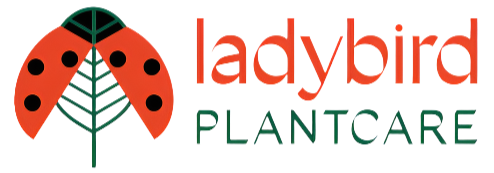Ladybirds, are an excellent choice for the garden because of their appetite for aphids (greenfly/blackfly). However, understanding the lifecycle of ladybirds is essential to appreciate why their impact on aphid populations can take some time.
Here’s a closer look at the stages of a ladybird’s life and why patience is key when relying on these beneficial insects for aphid control.
The Lifecycle of Ladybirds
Ladybirds undergo complete metamorphosis, passing through four distinct life stages: egg, larva, pupa, and adult.
-
Egg Stage:
- Duration: 3-7 days
- Description: Female ladybirds lay clusters of small, yellow eggs on the underside of leaves, typically near aphid colonies to ensure a food source for emerging larvae.
-
Larva Stage:
- Duration: 2-3 weeks
- Description: Upon hatching, ladybird larvae are small, alligator-like creatures with distinctive black and orange markings. This stage is where they consume the most aphids, sometimes devouring hundreds within a few weeks.
-
Pupa Stage:
- Duration: 1-2 weeks
- Description: After reaching full size, the larvae attach themselves to a leaf or stem and form a pupa. Inside, they undergo transformation into adult ladybirds.
-
Adult Stage:
- Lifespan: Several months to over a year
- Description: Adult ladybirds emerge from the pupal stage, initially soft and pale before their exoskeleton hardens and their colours intensify. They continue to feed on aphids and lay eggs, perpetuating the cycle.
Why Ladybirds Take Time to Impact Aphid Populations
-
Lifecycle Duration:
- The complete lifecycle of a ladybird, from egg to adult, takes about 4-6 weeks. This means that newly introduced ladybirds will not immediately affect aphid populations as they need time to develop and reproduce.
-
Egg Laying and Hatching:
- After being introduced or naturally arriving in your garden, adult ladybirds need time to find suitable locations to lay eggs. It then takes another week for the eggs to hatch into larvae, which are the primary aphid predators.
-
Larval Feeding:
- Although larvae are efficient aphid eaters, it takes them a couple of weeks to reach full size and maximise their feeding. During this time, aphid populations may continue to grow before the ladybird larvae can make a significant dent.
-
Establishing a Population:
- For a sustainable ladybird population that can effectively control aphids, several generations of ladybirds need to establish themselves in your garden. This process can take an entire growing season or longer.
Conclusion
While ladybirds are invaluable allies in controlling aphid populations, their lifecycle means that their impact is not immediate. By understanding their development stages and creating a supportive environment you can foster a thriving population of ladybirds that will, over time, contribute significantly to aphid control.
Patience is key to harnessing the full benefits of these colourful and beneficial insects.


